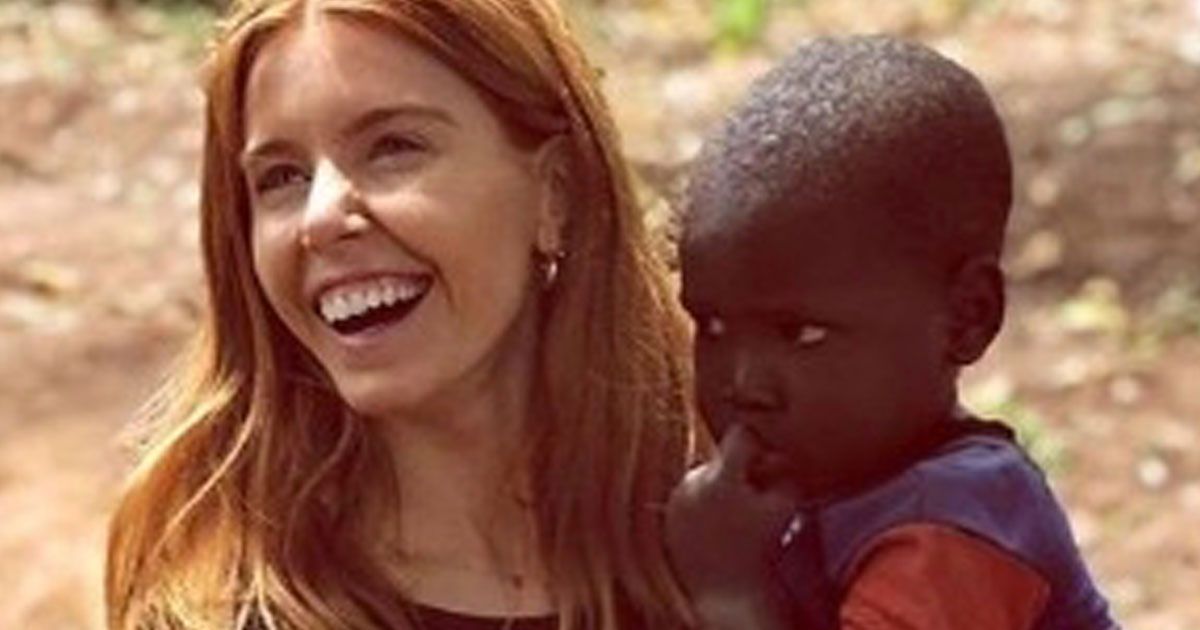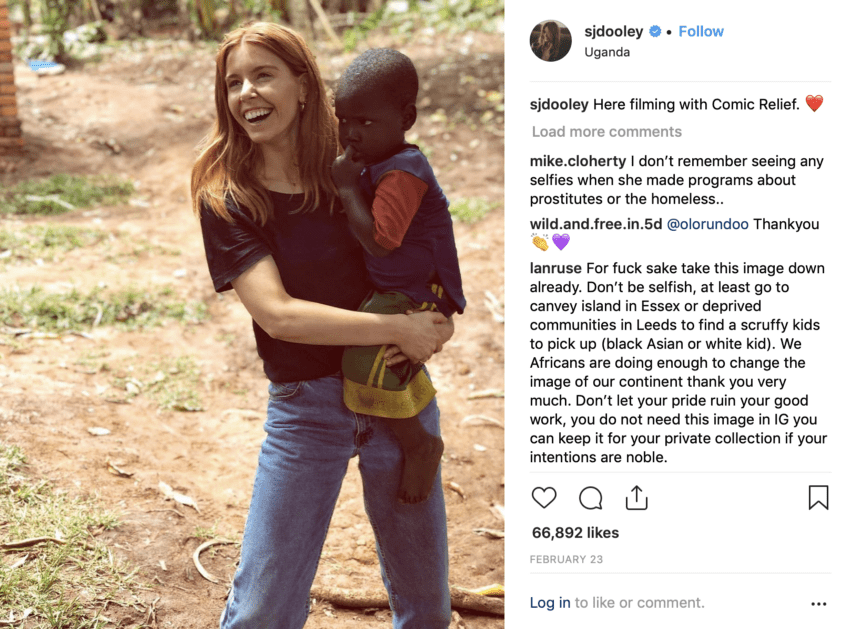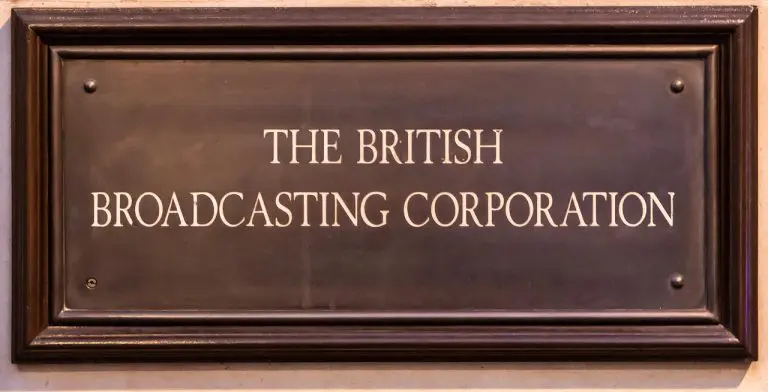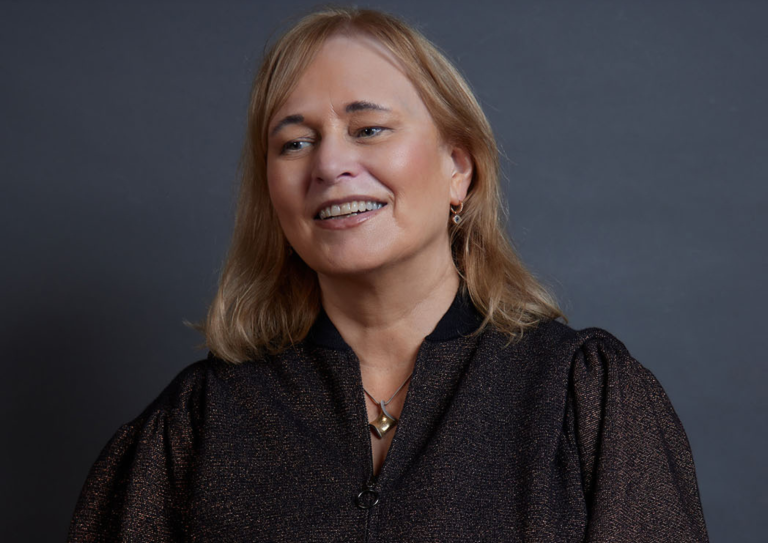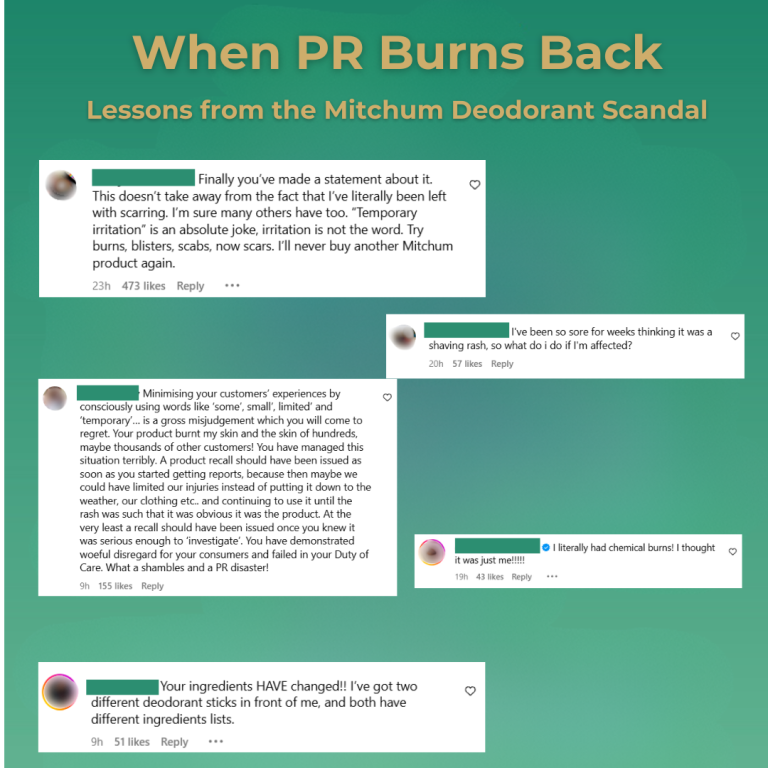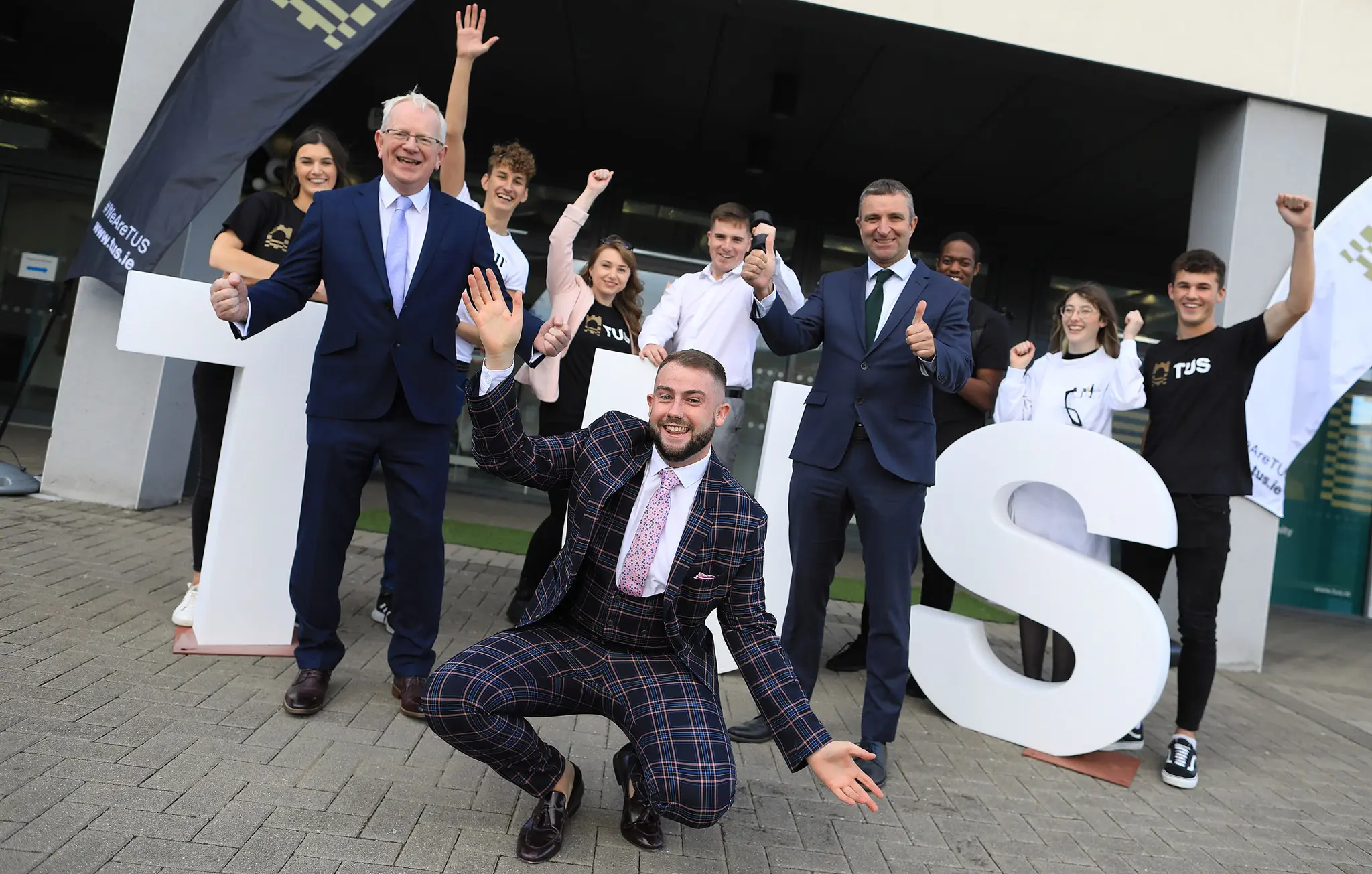Should your celeb ambassadors stay at home?
That sentence might seem like a contradiction, coming from someone who works in public relations.
Raising awareness for worthy causes is part of my job when working with charities. Utilising the high profile and credibility of a celebrity is a good way to do that, right?
The answer is yes, sometimes.
Reputation is the foundation of the work I do. I know only too well how easy it is to damage a reputation and how difficult it is to build that reputation back up. I also know how easy it is for labels to be attached to the collective public mind and how difficult it is to change minds once an idea takes hold.
That is why everything I do in my role as a communications professional has to be strategic. It is my job to boost, but more importantly, to protect a reputation.
Comic Relief recently announced that it will stop sending celebrities abroad after BBC presenter Stacey Dooley posted a picture on Instagram with a young Ugandan child, along with the caption “;OB.SESSSSSSSSSSED” and a picture of a broken heart.
The post sparked outrage and Dooley was accused of ‘white saviour complex’.
But what was wrong with the image?
To begin with, it appears self-serving, the perception being that Stacey is using a child to push a charitable image of herself. In turn, this adds to the idea that countries such as Uganda are poverty-stricken lands that need to be ‘saved’.
Stacey’s refusal to apologise and her remarks that she “couldn’t care less what people think,” didn’t help to diffuse the situation that Comic Relief found itself in.
I have worked in several humanitarian organisations. I have sent a number of celebrities abroad to major crises such as Ebola and Syria. It makes sense, doesn’t it? The crises that are ongoing globally need to be highlighted.
Human suffering is occurring at a scale never before seen, yet organisations are finding it more and more difficult to get their message out there. Who better to help raise awareness than a celebrity?
Stacey is giving up her time and showing compassion in a difficult situation. Isn’t that a good use of her fame?
It is a complicated issue.
Yes, these crises need to be highlighted and reported on, but it must be done in a strategic and informed way.
Stacey Dooley appeared to be uninformed on what constitutes inappropriate behaviour. She lacked the strategic knowledge of the damage her fame could do and the powerful potential of broadcasting an inappropriate message to her huge following on Instagram.
Brand ambassadors who are under-prepared and unprepared can do untold damage to more than just the organisations they represent. The well-meaning work of Bob Geldof and Live Aid is a classic example.
Bob Geldof did put Ethiopia on the map in Europe and the U.S., but for the wrong reasons.
Today, the country’s reputation is one that is synonymous with the “flies on the eyes”, the “swollen bellies” and dry dead earth and it is holding Ethiopia back.
This kind of imagery has been used by the press to tell the story of African countries for nearly 35 years and it has led to the stereotyping of an entire continent as poverty-stricken, disease filled and desperate. This has a social and economic knock on effect.
Three years ago I travelled to Ethiopia to report on the effect of climate change. My colleague explained to me how, even now, his country is still defined by a famine that happened 33 years ago. He told me about how visitors come to Addis Ababa expecting to find a broken, grieving and barren country, and how they are shocked when they see motorways and skyscrapers.
There is no doubt that poverty is still a devastating problem in sub-Saharan Africa, but the image and reputation of the region has been irreparably shaped since 1984. Changing that stereotype and reputation is going to take a lot of work.
It is very difficult to move the public enough to donate to a charity.
I personally have heard arguments from countless members of the Irish public saying they won’t donate to the Syrian Crisis because they have seen many refugees with mobile phones who don’t appear to be “that poor”.
The temptation for a communications professional in that sector then is to only show the sympathy-grabbing, tear-jerking “fly-in-the-eyes“imagery. Shocking imagery is not balanced coverage of the continent’s more successful side.
Dooley using a photo opportunity with a child in Uganda and using them for likes or a photo op is not only insensitive, it continues the narrative of this stereotype. It is suggesting we need to “save them”, and we don’t.
The Mission Statement of most Humanitarian and development organisations is to inevitably go out of business, that the country will no longer need the organisation, to empower the people for whom they work, and to safeguard their rights and well-being post crisis and create a thriving economy that is sustainable.
Unfortunately images such as the image Stacey Dooley posted, does not empower anyone. It continues to empower a reputation so many Sub Saharan Countries have been working tirelessly to counteract.
It doesn’t matter if the action was well-intentioned, it is the impact that matters.


